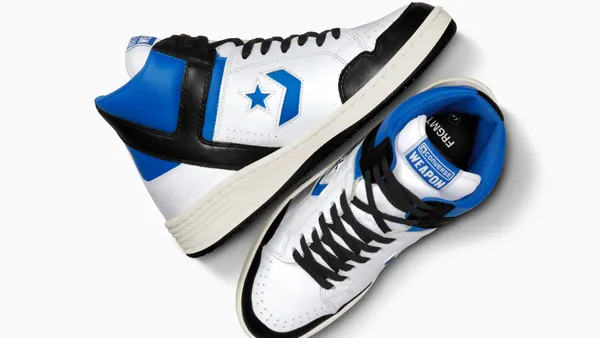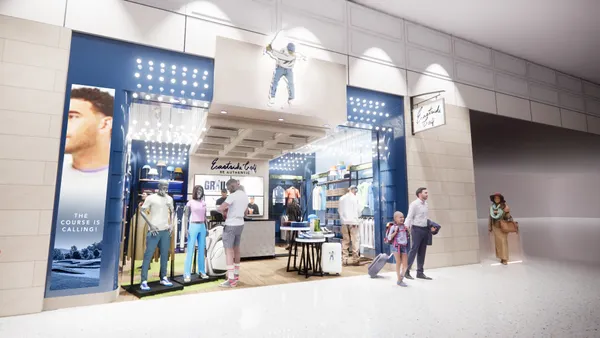In a competitive omnichannel environment, retailers are racing to keep up with customer expectations. Returns are greater for online retailers, placing a premium on an effective returns process and policy.

Online returns are 3x greater for online retailers
What do shoppers want?
What drives customer satisfaction with returns?
86% of online shoppers said they want retailers to provide a returns label in the box
 Just 1 in 3
Just 1 in 3
of top online retailers provide a returns label of any kind in the box
 Just 14%
Just 14%
of top 500 online retailers include a pre-paid returns label in the original purchase box
 44%
44%
of online shoppers say that an easy-to-print return label is an element of a best returns experience2
Where do shoppers prefer to make returns?
Retailers who don’t offer seamless omnichannel returns miss meeting customer expectations, and also potential revenue opportunity.
Impact of Returns on Inventory Management
As customers are demanding easy returns, how can online retailers keep the cost of returned inventory under control?
Over $260 billion in returned goods for retail sector alone in 20154

48% return cost as percentage of revenue for ‘entry level’ companies vs. 2% return costs as percentage of revenue for ‘leading companies'5
Omnichannel reverse logistics can help
Companies with seamless reverse logistics can move their inventory to where demand is greatest.
Yet “only one third of companies have a fully integrated inventory management strategy linked to reverse logistics operations.”Will O’Brien, supply chain analyst, Sedlak Management Consultants, interviewed in Logistics Management
Explore the secondary market for unused inventory
Post-sales inventory disposition, including discount, salvage centers and auctions should be part of your plans from the start.
Before the item comes back, you already know what you are going to do with it when it comes back.Dr. Dale Rogers, professor of logistics & supply chain management, Arizona State University

Secondary markets have grown consistently at 7-8% per year7 -- 57% since 2008
The secondary market represents an excellent opportunity to recover value from customer returns and excess or unused inventory in retail stores or warehouses.Jim Brill, Reverse Logistics Marketing Manager at UPS
How Can Retailers Meet Customer Demands?
1. Offer an Effective Return Policy
- The policy should be written in short, simple language that’s easy to understand – and easy to find. No legalese, please.
- Retailers should be easy to contact: consumers should be provided with FAQs and an 800 # to call.
- A returns label should be placed in the shipping box or made available on the website.
If you’re generous with your returns policies and processes it comes back to you in the long run.Louis DeJianne, Retail Marketing Director, UPS
2. Partner with a Trusted Logistics Provider
A qualified partner such as UPS can:
- Leverage existing facility networks, returns management systems and liquidation partners while sharing best practices that will minimize processing costs.
- Get you started quickly - a quality partner will be able to implement new reverse logistics operations within six months, while most internally implemented programs will take at least twice that long.
- ensure your returns policy and reverse logistics process meets ever-evolving customer demands efficiently











